The Everest Base Camp Trek offers a unique blend of adventure and culture, attracting trekkers from around the globe. Over 16 days, participants navigate the breathtaking landscapes of the Himalayas while experiencing the rich traditions of the Sherpa people. From the bustling streets of Kathmandu to the serene beauty of Namche Bazaar and the stunning views at Kala Patthar, every segment of the journey presents its own challenges and rewards. However, understanding the necessary preparations and potential pitfalls can make all the difference in ensuring a successful experience. What vital insights should trekkers keep in mind?
Key Points
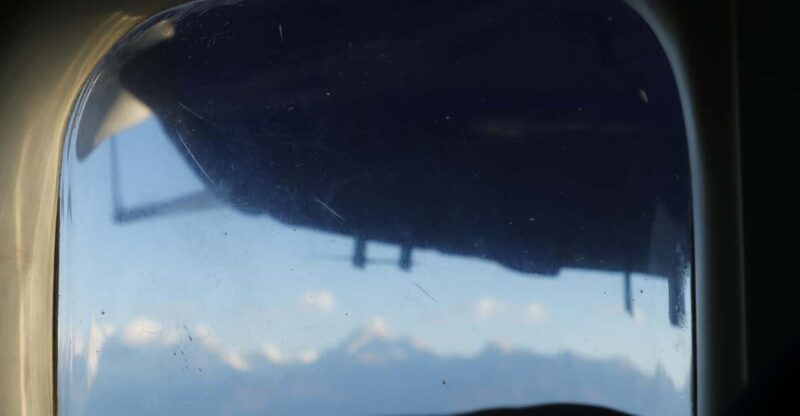
- The 16-day Everest Base Camp Trek includes guided tours in Kathmandu and a scenic flight to Lukla.
- The trek features acclimatization stops at Namche Bazaar, Tengboche, and Dingboche to ensure safety.
- Key highlights include breathtaking sunrise views from Kala Patthar and visits to the Khumbu Glacier.
- Cultural experiences involve Sherpa hospitality and visits to ancient Buddhist monasteries, enriching the trek.
- Essential permits, meals during the trek, and a medical kit are included in the comprehensive package.
Trek Overview and Experience
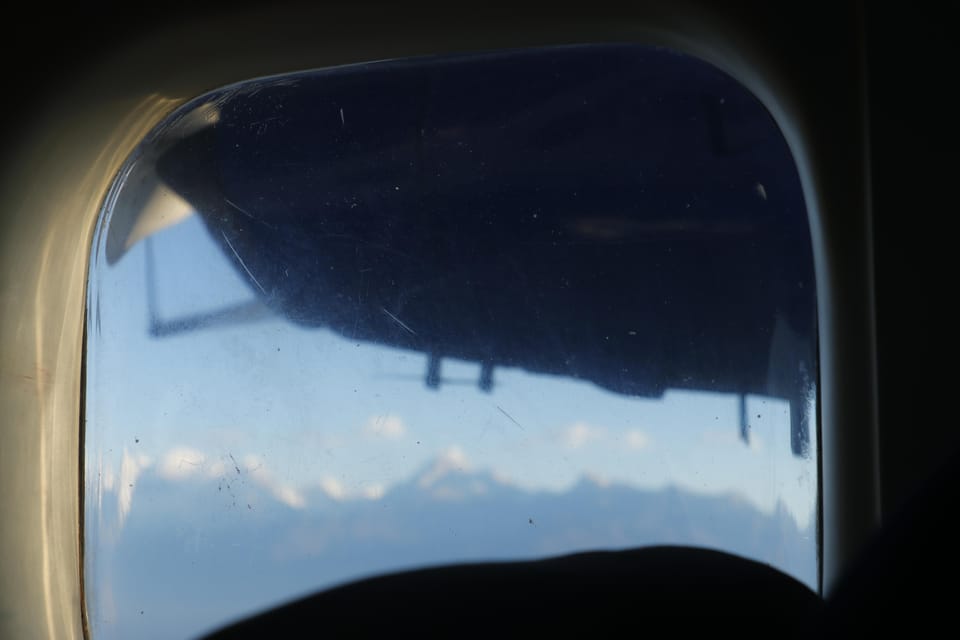
Embarking on the Everest Base Camp Trek offers adventurers a legendary journey through the breathtaking Himalayas, blending stunning landscapes with rich cultural experiences.
This 16-day trek starts at around €2,033.37 per person, including a guided tour in Kathmandu and a thrilling flight to Lukla.
Trekkers traverse remote mountain villages, admire cascading waterfalls, and witness the awe-inspiring sunrise from Kala Patthar. The route features essential acclimatization stops as trekkers navigate through Namche Bazaar, Tengboche, and Dingboche, ultimately reaching the iconic Khumbu Glacier.
Along the way, travelers enjoy Sherpa hospitality and visit ancient Buddhist monasteries, creating a deeply enriching experience.
This trek combines adventure, culture, and breathtaking scenery, making it a bucket-list journey for many outdoor enthusiasts.
You can also read our reviews of more tours and experiences in Koshi Zone.
Detailed Itinerary

The detailed itinerary for the Everest Base Camp Trek spans 16 days, offering trekkers a well-structured journey that blends adventure with cultural exploration. Each day presents unique experiences and stunning landscapes.
| Day | Activity |
|---|---|
| 1 | Arrival in Kathmandu |
| 2 | Kathmandu excursion |
| 3 | Fly to Lukla, trek to Monjo |
| 4 | Trek to Namche |
| 5 | Acclimatization day |
| 6 | Trek Namche to Tengboche |
| 7 | Trek Tengboche to Dingboche |
| 8 | Acclimatization day |
| 9 | Trek to Lobuche |
| 10 | Everest Base Camp excursion |
| 11 | Kalapatthar, Gorak Shep |
| 12 | Trek Pangboche to Namche |
| 13 | Trek Namche to Lukla |
| 14 | Fly from Lukla to Kathmandu |
| 15 | Final Departure |
Inclusions and Accommodations
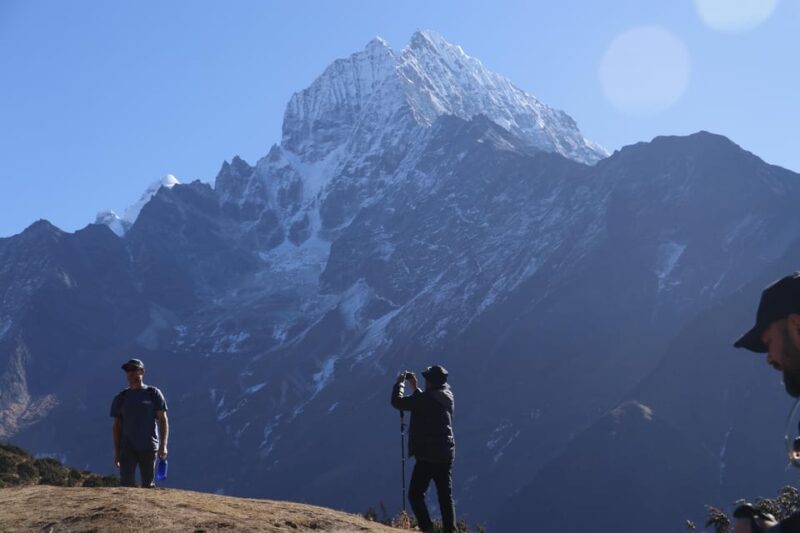
Trekking adventurers can expect a comprehensive package that includes airport transfers, guided tours, and comfortable accommodations throughout their journey to Everest Base Camp.
They’ll enjoy a warm welcome dinner featuring a cultural show in a Nepali restaurant, followed by three nights in a hotel in Kathmandu, complete with breakfast.
During the trek, travelers receive full-board meals for eleven days and stay in the best available tea houses, sharing rooms with fellow trekkers.
Round-trip flights from Kathmandu to Lukla are included, along with professional trekking guides and porter services.
Essential permits, entrance fees, and a medical kit ensure safety.
Souvenirs like a T-shirt and duffel bag add a personal touch to this unforgettable experience.
Exclusions and Important Information
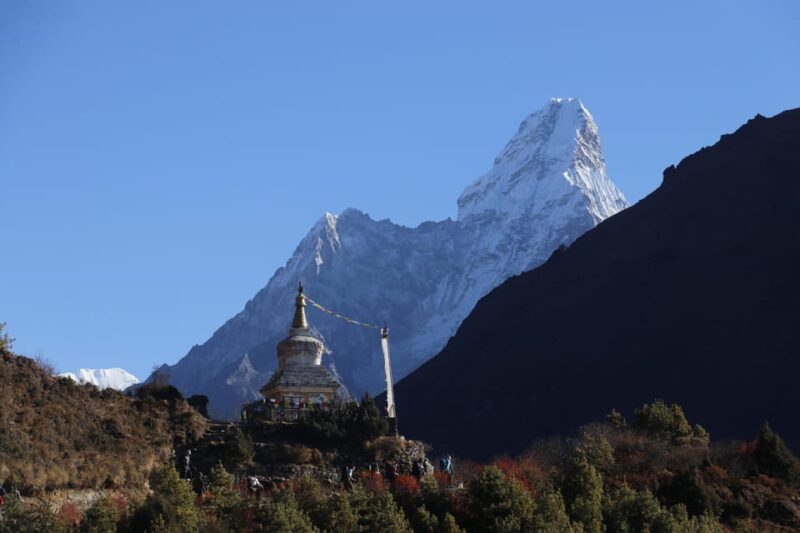
Travelers should be aware that certain costs, such as international flight tickets and personal trekking gear, aren’t included in the Everest Base Camp Trek package.
Plus, meals in Kathmandu, city sightseeing entrance fees, and any excess baggage charges will need to be covered separately.
It’s essential to arrange travel and rescue insurance, as it’s mandatory for participants.
Extra accommodation may also be necessary if travelers arrive early or return late.
While optional donations for local causes are appreciated, personal expenses like phone charges and laundry aren’t included.
A minimum tip of 10% of the total payment for guides and support staff is compulsory.
More Great Tours NearbyHealth and Safety Considerations

Health and safety are paramount during the Everest Base Camp Trek, as participants must be aware of specific medical conditions and restrictions that could impact their journey.
Those with certain health issues should reconsider their participation, including:
-
Pre-existing conditions such as heart issues, respiratory conditions, and epilepsy.
-
Mobility impairments or disabilities, as the trek involves strenuous hiking and altitude changes.
-
Age restrictions, with recommendations against trekking for infants under 1 year or individuals over 95 years.
Plus, trekkers should avoid bringing weapons, littering, or trekking alone.
Staying informed and prepared ensures a safer and more enjoyable experience on this iconic adventure. Always consult a medical professional before embarking on such a challenging trek.
Cultural Insights and Local Interaction
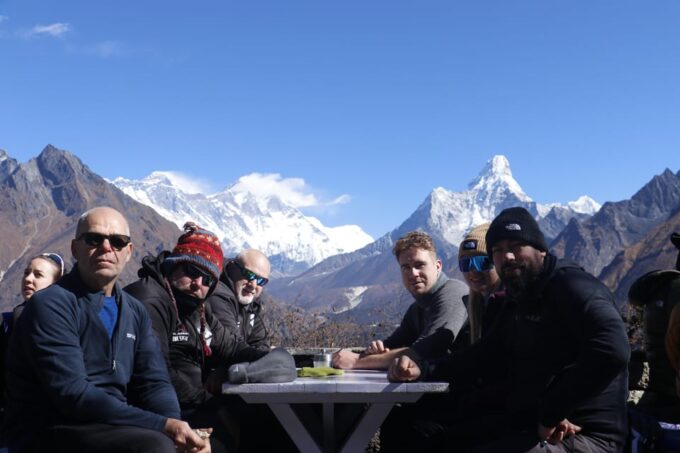
As trekkers navigate the stunning landscapes of the Everest region, they also enjoy the rich culture and traditions of the Sherpa people, fostering meaningful connections along the way.
Engaging with local communities, trekkers often enjoy warm hospitality in tea houses, where they share meals and stories. Festivals like Dashain and Tihar offer unique opportunities to witness traditional dances, rituals, and vibrant celebrations.
Visitors can explore ancient monasteries, such as Tengboche, to gain insights into Buddhist practices and beliefs. Plus, purchasing handmade crafts from local artisans supports the economy and preserves cultural heritage.
These interactions not only enrich the trekking experience but also create lasting memories and friendships, bridging cultural gaps in this breathtaking region.
Essential Packing List

An essential packing list for the Everest Base Camp Trek ensures trekkers are well-prepared for varying weather conditions and terrain while maximizing comfort and safety throughout their journey. Proper preparation can make a significant difference in the trekking experience.
Here are three key items to include in the packing list:
-
Layered Clothing: Include moisture-wicking base layers, insulating mid-layers, and a waterproof outer shell to adapt to changing temperatures.
-
Trekking Footwear: Invest in sturdy, comfortable trekking boots with good ankle support and waterproofing to navigate rocky paths.
-
Hydration System: Carry a reusable water bottle or hydration bladder to stay hydrated, as water sources may be limited on the trek.
With these essentials, trekkers can confidently embark on their adventure.
Tips for a Successful Trek
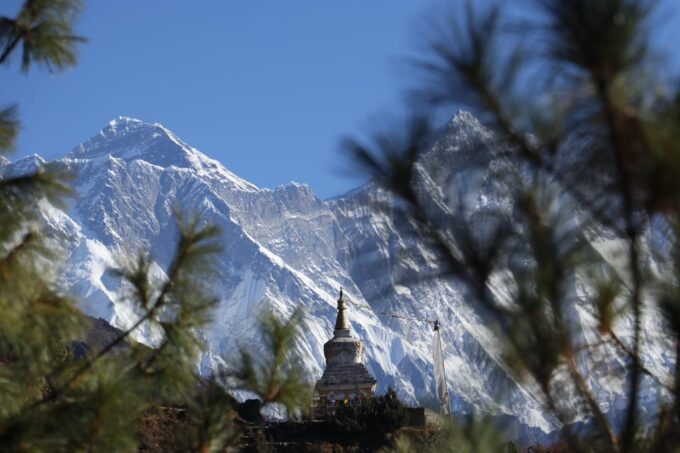
To ensure a successful trek to Everest Base Camp, trekkers should prioritize proper acclimatization and hydration throughout their journey.
Gradual altitude gain is crucial; taking rest days in places like Namche Bazaar and Dingboche helps the body adjust. Staying hydrated not only promotes acclimatization but also keeps energy levels up.
Trekkers should dress in layers, as temperatures can fluctuate dramatically. It’s wise to pack high-energy snacks and maintain a balanced diet during the trek.
Engaging with local culture enhances the experience, so trekkers should embrace Sherpa hospitality and learn about their customs.
Frequently Asked Questions
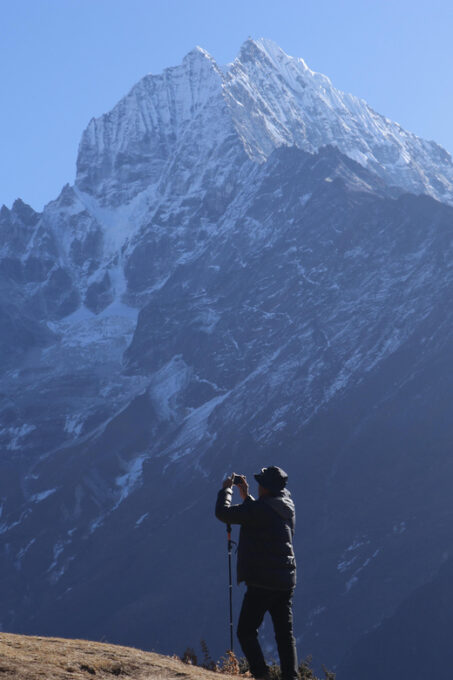
How Physically Fit Do I Need to Be for the Trek?
To enjoy the trek, one should be in good physical condition, possessing stamina for long hikes. Regular exercise builds endurance, making the experience more enjoyable and reducing the risk of altitude sickness during the journey.
What Is the Best Time of Year to Undertake the Trek?
The best time to undertake the trek is during spring (March to May) and autumn (September to November). During these months, trekkers enjoy stable weather, clear skies, and stunning mountain views, enhancing their overall experience.
Are There Alternative Routes to Everest Base Camp?
There are indeed alternative routes to Everest Base Camp. Adventurers can explore trails like the Gokyo Lakes trek or the Three Passes trek, offering stunning views and unique experiences while avoiding the main tourist path.
Can I Hire Additional Porters or Guides During the Trek?
Yes, trekkers can hire additional porters or guides during their journey. They usually arrange this through their main guide, ensuring everyone receives proper support and enhancing the overall trekking experience in the beautiful surroundings.
What Is the Altitude of Everest Base Camp?
The altitude of Everest Base Camp stands at approximately 5,364 meters (17,598 feet). This elevation presents unique challenges, including potential altitude sickness, requiring trekkers to take necessary precautions and acclimatize properly during their journey.
Recap
The Everest Base Camp Trek promises an unforgettable adventure, blending stunning landscapes with rich cultural experiences.
As trekkers navigate through the majestic Himalayas, they not only challenge their physical limits but also create lasting memories.
With careful planning, awareness of health and safety, and a spirit of curiosity, anyone can embark on this remarkable journey.
Ultimately, the trek offers a unique opportunity to connect with nature and the vibrant Sherpa community, making it a life-changing experience.
You can check availability for your dates here:More Hiking & Trekking Tours in Koshi Zone
More Tour Reviews in Koshi Zone
Not for you? Here's more nearby things to do in Koshi Zone we have reviewed
- Kathmandu- 1:Hour Mount Everest Flight with Private Transfer
- Gokyo Valley Circuit Trek 13 Days
- Mountain Flight by Buddha Air with Free Transfers
- Everest Expedition 2025/2026
- 4 Best Tours In Koshi Zone
- 9 Best Treks And Hiking Tours In Koshi Zone
- 4 Best Helicopter Flights And Tours In Koshi Zone
- Everest Flight – A Journey Above the Himalayas
- Experience Everest: 1-Hour Scenic Flight Above the Himalayas
- From Kathmandu : Pikey Peak 5 Days Trek
- From Kathmandu: Pikey Peak Trek
- Kathmandu Everest Helicopter Tour With Guranteed Landing
